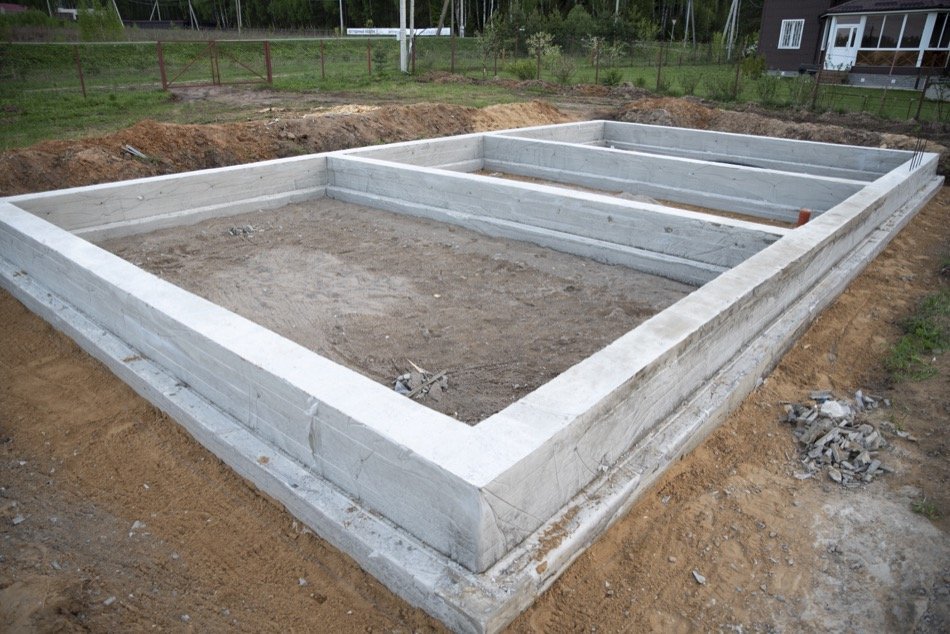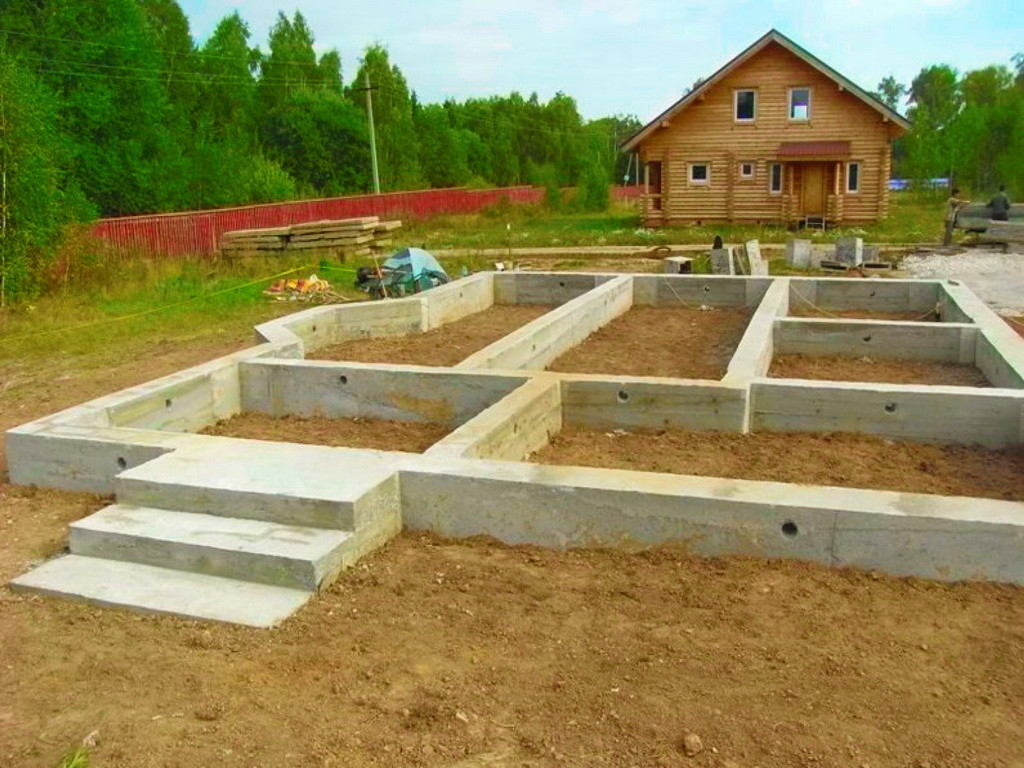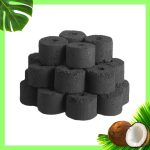How To Make Your Own Compound Paver Blocks?
Sand is an excellent building material. It’s lightweight, durable, and easy to work with. As long as you have the right tools at your disposal, it can be used in a variety of ways to build a strong foundation.
If you want to have a best vundamendi ehitus then there are many things which you have to take care of it. If you do not consider all those things then you might do anything wrong in it which may make significant losses for you. so it is must and advisable for everyone to keep all those things in your mind before they purchase any of these items.
We’re going to look at seven tips that will help you build a stronger foundation using sand. Let’s get started!
Make Your Own Compound Paver Blocks
Compound paver blocks are one of the most popular types of concrete construction. They come in many different shapes and sizes, but they all serve the same purpose—to provide strength, stability, and durability to whatever structure you’re trying to create.
You can make compound paver blocks yourself by pouring them into pre-made forms or by creating your own form from scratch. When you pour them into a form, you use a vibrating trowel to distribute the wet cement evenly across the entire surface area. This is very important when building foundations because you want to make sure you cover every inch of the foundation with cement.

When you create your own forms, you need to keep in mind how deep the blocks will be when they dry and harden. You should also consider what kind of shape you want your block to take once it dries. For example, if you’re making a patio, you might want to make each block square so that the pavers lay flat against each other. If you make the blocks round, however, they won’t touch each other because they will sit off center.
Use Cement Finishing Tiles
Cement finishing tiles (or just “finishing tiles”) are another great way to reinforce a foundation. They provide extra support and strength to any wall or floor that you place them on. Because they’re made out of cement and designed to fit together tightly, they can be easily stacked to create a sturdy base.
Finishing tiles come in various sizes. Some are meant to cover large areas like floors while others are smaller and intended to act as individual planters. The thickness of the finishing tile depends on the size of the space you’re covering. Generally, the thicker the tile, the more durable it will be over time. But you don’t necessarily have to go with thick tiles; you can always mix things up and choose thinner ones instead.
If you want to add additional support to a flat floor, you can also install steel rods along the edges. These can be installed either before or after the tiles are placed. They allow you to attach your flooring directly to the steel rods without compromising the integrity of the surface.
To finish your project, you can apply an epoxy resin sealant to the finished surface. It acts as a protector for both the tiles and the steel rods and prevents moisture from seeping through the cracks between the tiles and the floorboards. It also helps to prevent damage to the tiles caused by foot traffic or pets.
Build Walls From Concrete Block
If you’re looking for something simple yet effective, concrete block walls offer a great alternative to brick. And since they’re available in countless colors and styles, they can blend in well with any design aesthetic you may be aiming for. You can even customize them to suit your needs.
Concrete block walls are made from concrete that has been crushed down to a certain size. Once they’ve hardened, they can be cut into the desired height and shape and then stacked to create an attractive and functional wall.
They’re usually strong enough to withstand small earthquakes and heavy windstorms. However, if you’re looking to build a high-rise, you’ll need to construct your walls using reinforced concrete rather than standard concrete.
Use Concrete Pavers
Pavers are another great option if you want to create a smooth, clean, and durable surface. They come in a wide range of colors and patterns, which makes it easy to match them to the overall style of your home. Plus, they’re extremely durable and can last for years without breaking down.
Paving stones have traditionally been used to pave roads, walkways, and driveways, but now there are several companies specializing in making custom pavers for residential projects. They’re available in a variety of sizes and shapes and are perfect for creating patios, pool decks, and outdoor dining tables. They can also be used to create retaining walls. Just make sure you pick up some soil stabilizers to ensure that the pavers stay put no matter how much weight they bear.
Create A Waterproof Base With Gravel
Gravel is a natural stone that’s often used as a base layer in landscaping projects. It provides added weight to any soil and allows water to drain away quickly, thereby preventing it from pooling underneath your plants. It comes in varying textures, including smooth, medium, and coarse. For best results, you should select gravel that’s a little bit larger than the hole you’re about to dig.

Before you start digging, make sure you remove any vegetation, rocks, or dirt clumps that could damage your new base. If you’re using a shovel, you should also wear gloves to protect your hands from getting too dirty. After you’ve dug the hole, fill it with gravel and tamp it down firmly. Then spread a thin layer of topsoil around the perimeter of the pit to hold everything in place.
It’s a good idea to check back in on your project regularly to make sure nothing has shifted or broken loose during the process. When you do this, you’ll know exactly where to re-tamp the gravel and how much more you need to add to get it level again.
Construct A Brick Patio On Sand
Another common type of landscape construction is brick paving. Brick pavers are typically designed to match the existing color palette of your house, allowing you to seamlessly integrate them into your garden without having to worry about matching colors or making adjustments later on.
Brick pavers can be laid in either straight lines or curved paths. They come in a variety of shapes and sizes. You can purchase them ready-made or build them yourself. To create one, start by clearing away any debris and weeds near the site of your future paving. Next, dig a trench, line it with plastic, and set your bricks inside. Fill it with fresh dirt and tamp down the bricks firmly to ensure their structural integrity. Once you’ve done this, you can begin laying the bricks.
This technique works especially well if you want to create a patio on an uneven surface. It will give you the option of choosing bricks of varying heights depending on the slope of the ground. You can also create a decorative border around your bricks to highlight their unique appearance. If you want to make your patio more secure, you can use a mortar mix to fix the bricks in place. You can buy premixed mortar or mix up your own.



